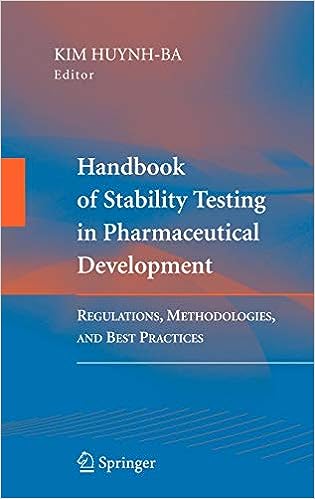Determining Expiry Date Using Stability Data
The expiry date of a drug product is a critical parameter that indicates the period during which the product is expected to remain safe, effective, and of acceptable quality under specified storage conditions. Stability data plays a central role in establishing the expiry date, helping manufacturers make informed decisions about product shelf life. In this discussion, I’ll outline the key steps involved in determining the expiry date of a drug product using stability data.
Step 1: Collect Stability Data
1. Long-Term and Accelerated Studies: Gather stability data from both long-term and accelerated stability studies conducted under different
2. Multiple Batches: Collect data from stability studies involving multiple batches to account for batch-to-batch variability.
Step 2: Data Analysis
1. Evaluate Degradation Trends: Analyze the stability data to identify degradation trends over time, including the degradation kinetics of critical
attributes.2. Shelf Life Prediction: Use the data from accelerated studies to predict the product’s behavior under normal storage conditions.
Step 3: Kinetics Modeling
1. Arrhenius Equation: Apply the Arrhenius equation to extrapolate the rate of degradation at different temperatures and predict the shelf life at room temperature.
2. Acceleration Factors: Determine the acceleration factor that relates the rate of degradation at accelerated conditions to the rate at long-term storage conditions.
Step 4: Set Acceptance Criteria
1. Regulatory Guidelines: Adhere to regulatory guidelines for acceptance criteria regarding degradation levels, potency, and other quality attributes.
2. Degradation Limits: Define acceptable degradation limits based on the product’s therapeutic dose, potency, and safety profile.
Step 5: Establish Expiry Date
1. Conservative Approach: Adopt a conservative approach by selecting the shortest shelf life estimate based on the worst-case scenario.
2. Regulatory Compliance: Ensure that the established expiry date aligns with regulatory requirements and guidelines.
Step 6: Considerations
1. Uncertainty: Account for uncertainties in the prediction by providing appropriate safety margins.
2. Regulatory Approval: Seek regulatory approval for the proposed expiry date, providing stability data to support your determination.
Step 7: Ongoing Monitoring
1. Real-Time Confirmation: Continuously monitor the stability of the product throughout its shelf life to confirm the accuracy of your expiry date determination.
2. Post-Approval Changes: Update the expiry date if necessary due to new stability data or changes in formulation, manufacturing, or packaging.
Conclusion
Determining the expiry date of a drug product using stability data is a science-driven process that involves careful analysis of degradation trends, kinetics modeling, and adherence to regulatory guidelines. By leveraging stability data and following a systematic approach, manufacturers can confidently establish an expiry date that ensures the product’s quality, safety, and efficacy over its intended shelf life, benefiting both patients and regulatory compliance.
